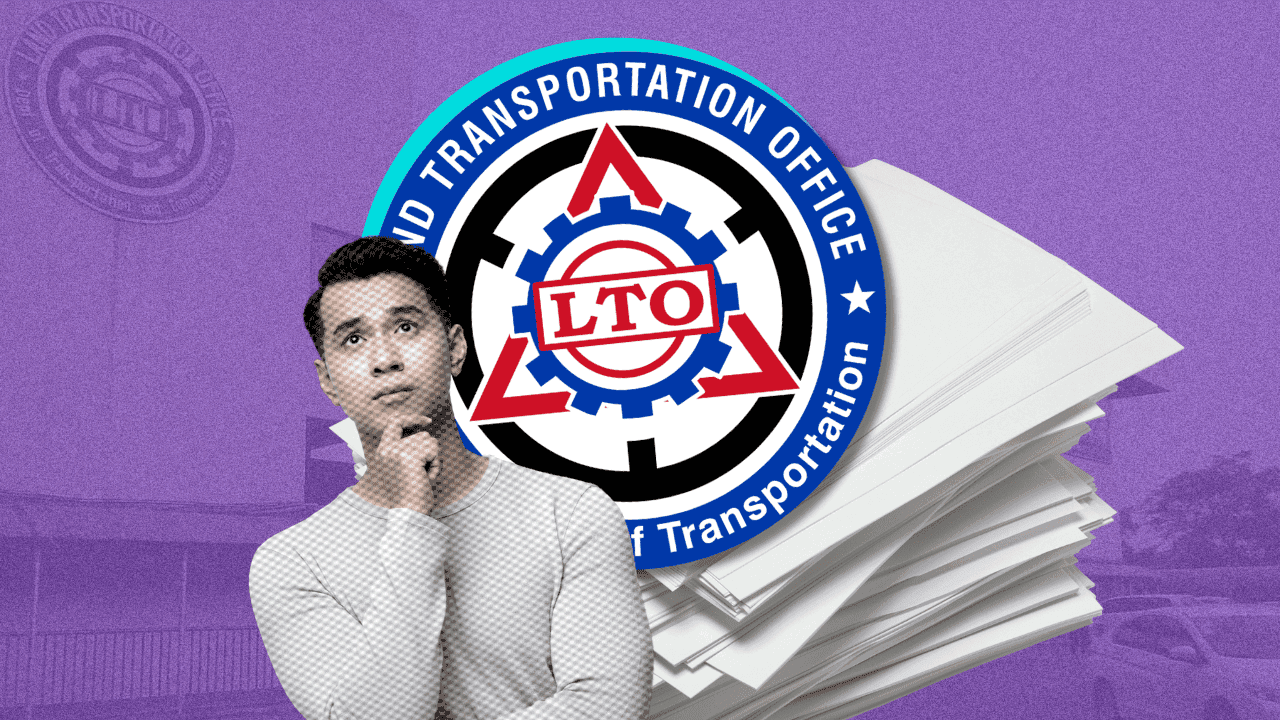7 LTO Services You Probably Didn't Know Existed

When it comes to dealing with the Land Transportation Office (LTO), most Filipinos immediately think of long lines for driver’s license renewal or vehicle registration. But the LTO offers a wide range of services—many of which go unnoticed by the public. These lesser-known processes can save you time, money, and a lot of headaches if you ever run into vehicle-related issues.
Here’s a rundown of LTO services you probably didn’t know existed— and why they matter.
1. Certificate of No Apprehension
What it is:
This document serves as proof that a vehicle has no pending traffic violations, fines, or apprehensions in the LTO database.
Why it matters: It is important when buying or selling a pre-owned vehicle. Many unsuspecting buyers have ended up inheriting unpaid penalties from previous owners because they skipped this simple check.
How to get it:
You can request it through the
LTO LTMS portal
or visit the LTO district office where the vehicle is registered. Some branches even process it within the same day.
2. Certificate of Driver’s License Authentication
What it is:
This certificate verifies the validity and authenticity of your driver’s license. It is often requested by employers, embassies, or foreign governments when you’re working abroad.
Why it matters:
If you plan to move or work abroad and would want to obtain a foreign driver’s license, this certification is typically required. It proves your license is legitimate and issued by the LTO.
How to get it:
- Visit the LTO Central Office (East Avenue, Quezon City) or your nearest regional LTO branch.
- Bring your original driver’s license, photocopy, and valid ID.
- Fill out the request form for certification and pay the fee (₱100–₱150).
- Processing usually takes 1–3 working days.
3. Replacement of Lost Plates or Stickers
What it is:
If your license plate or validation sticker gets lost, stolen, or damaged, you can request a replacement from the LTO.
Why it matters:
Some motorists continue driving without plates or stickers, unaware that it’s a traffic violation. Replacements are available and can be processed separately from general plate releases.
How to get it:
- Secure a police report and Affidavit of Loss.
- Bring your vehicle OR/CR and valid ID.
- File a replacement request at your LTO District Office.
- Pay the replacement fee (₱500–₱700).
4. Change of Vehicle Classification
What it is: If you want to change your vehicle’s use — for example, from private to for hire or government to private — LTO allows you to apply for reclassification.
Why it matters:
Vehicle classification affects your registration fees, insurance coverage, and your right to operate commercially.
Ideal for:
- TNVS drivers (Grab, inDrive, JoyRide, etc.)
- Business owners converting vehicles for logistics use
How to apply:
- Prepare your OR/CR, emission test result, and insurance certificate.
- Submit to the LTO Registration Division.
- Pay the applicable fees and request vehicle inspection.
- Wait for updated registration papers reflecting the new classification.
5. Motor Vehicle Clearance Certificate (MVCC)
What it is:
MVCC is a clearance issued by the LTO’s Law Enforcement Section confirming that a vehicle isn’t stolen or involved in a crime.
Why it matters:
If you’re buying a used, repossessed, or imported car, this document ensures that the vehicle has a clean record. It is often required before registration or transfer of ownership.
How to get it:
- Go to the LTO Law Enforcement Section or authorized regional office.
- Present your vehicle OR/CR, valid ID, and a request letter.
- The vehicle will be physically inspected and verified in the LTO database.
- Pay the clearance fee (₱300–₱500).
6. Change of Engine or Chassis Number
What it is:
When replacing your vehicle’s engine or chassis, you must update LTO records to reflect the new serial numbers.
Why it matters:
Unreported changes can make your vehicle appear as a “carnapped” or illegally modified unit during inspections. Updating records frees you from unnecessary misunderstandings and hassle.
How to process:
- Prepare the purchase receipt of the new engine or chassis.
- Get a Vehicle Inspection Report from an MVIS center.
- File a request at the LTO office and pay the inspection and recording fees.
7. Application for Rebuilt or Converted Vehicles
What it is:
This applies to vehicles that have been rebuilt, converted, or assembled using parts from different sources, including imported vehicles and modified units.
Why it matters:
Without proper documentation, these vehicles can be flagged as illegal or unregistered. This process ensures that the vehicles are safe and compliant with Philippine road standards.
How to apply:
- Prepare proof of ownership for all major parts used.
- Have your vehicle inspected by the LTO Motor Vehicle Inspection Service (MVIS).
- Submit inspection results, OR/CR, and receipts of replacement parts.
- Pay the reclassification and inspection fees.
The LTO offers more than just renewals and registrations — it provides a full range of services that protect vehicle owners and promote safer, more transparent transactions. From verifying records to requesting certificates, understanding these lesser-known processes can save you from penalties, disputes, and unnecessary hassle.
So whether you’re buying, selling, or maintaining a car, familiarize yourself with these LTO processes. You’ll surely save time, avoid stress, and most importantly, be a law-abiding citizen.


